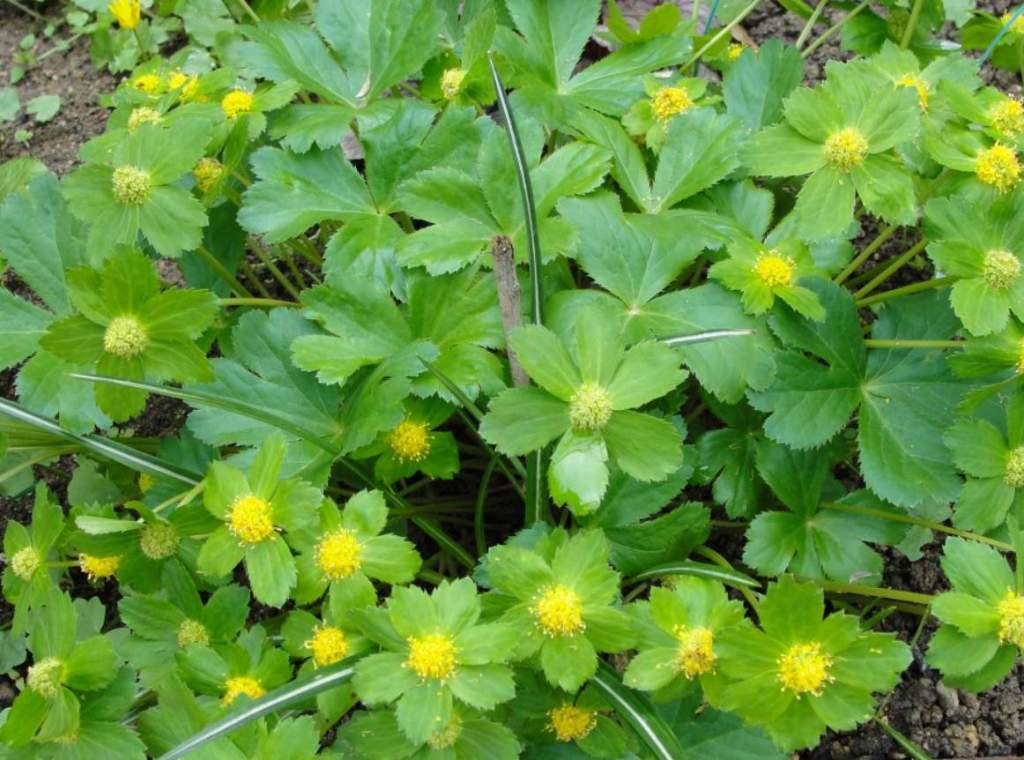Tabebuia Tree Care
The Tabebuia tree is commonly known as the golden trumpet tree. It is semi-evergreen or semi-deciduous shedding foliage for a short period in a late spring tree. Tabebuia is a genus of flowering plants in the family Bignoniaceae and is very similar to Tabebuia ochracea.
Tabebuia “Handroanthus chrysotrichus synonym Tabebuia chrysotricha,” is the national tree of Brazil. The golden trumpet tree is grown outside Brazil as a street tree and garden tree. The tree genus is a flowering tree and comes in a variety of colors. It has big yellow, pink and rose-colored, and even white Tabebuia. It’s a wonderful ornamental tree to place everywhere in your garden.
Growth of Tabebuia
This tree normally grows at a height of 15 to 25 ft, sometimes up to 50 ft. Tabebuia spread around 25 to 35 ft. This tree is evergreen in the warmer zones. It blooms before the new leaves appear and it puts on a flamboyant show of color.
Tabebuia trees are deciduous trees meaning they will lose their leaves in the fall and winter. It has a moderate growth rate and can even be grown in a container when small. This beautiful plant “buffer strips” is good where temperatures are high and soil space is limited.
Tabebuia Tree Care
Tabebuia Tree Care is very necessary in order to find a real Tebabuia Tree. The plant is the seed pods, anywhere from 3 to 12 inches. It dangles long into the cold season, providing winter interest.
Tabebuia Tree Care is very easy, perfect, and breezy in warmer zones in many locations and has no root problems. White, magenta, or red blooms of Tabebuia is harder to find. Tabebuia growing conditions must include a warm location with no freezing possibility.
To grow Tabebuia in containers, choose a well-drained potting medium to prevent root rot. Tabebuia trees are attractive and adjust to many growing conditions. Adding this tree to your landscape is worth it as the rewards are great and the care is minimal. Trees should be protected from frost, as some leaf out following a freeze; the tree is often weakened and grows poorly. Keep in mind, overgrown trees required some care to be trimmed, cut dead branches, and old stumps need to remove from your home. The team of arborist is ready to handle it all.
Tabebuia is rich in nectar and thus the tree is a useful honey plant. Tabebuia is not especially popular with hummingbirds, i.e. glittering-bellied emerald and white-throated hummingbirds. The tree seems to prefer them over the flowers of other Tabebuia species. Tabebuia is not very messy and has never had to rake the leaves as they fall gradually over time. Tabebuia yellow varieties do better on the sides of the home or add color to the rear of the home.
A concern has been raised, that it is a weed in tropical and sub-tropical Australia, but yet not been declared. Tabebuia tree produces long, slender seedpods late in the season and can be propagated by seeds from those pods. It is recommended that develop high, arching branches for many years by removing the lower, drooping branches for the first few years.
The wood becomes brittle with age and can break easily in strong winds. However, this is not usually a problem since trees are small with an open canopy and should not be caused to eliminate this beautiful tree from your tree palette. The tree will provide good shade when mature, and no pest problems were mentioned.
Therefore, no doubt that one of these beauties would be a fine addition to any landscape and could likely give our old standby, the orchid tree, a run for its money. Hence, wear protective gear when pruning trees.
Also Read: Golden Chains of Laburnum


Source: Wikipedia! Valley Morning Star! Gardening Know-How






